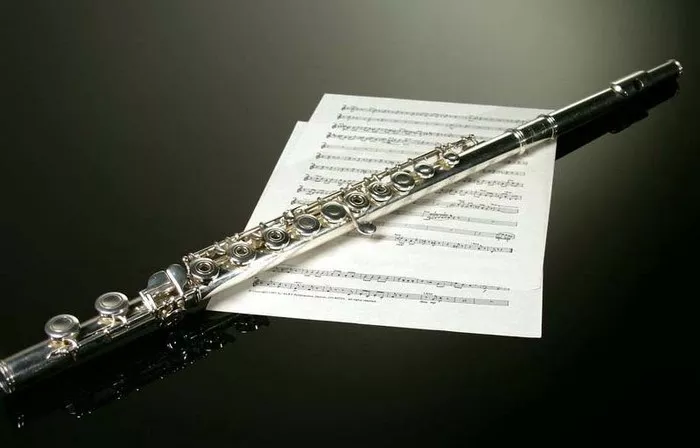The melodious notes of a whistle flute have the power to captivate hearts and stir emotions. Whether you’re a beginner or an aspiring musician, learning how to play this charming instrument opens the door to a world of enchanting melodies. In this article, we will provide you with step-by-step instructions to help you master the art of playing the whistle flute.
Step 1: Choose Your Whistle Flute
Before you begin your musical journey, it’s important to select the right whistle flute. Whistle flutes come in various keys and materials, each offering a unique timbre. Choose a whistle flute that suits your preferences and skill level. Common keys include D, C, and G, with D being a popular choice for beginners due to its versatility.
Step 2: Get Comfortable with Hand Placement
Hold the whistle flute with both hands, with the mouthpiece near your lips and the finger holes facing upward. Your dominant hand should be closer to the mouthpiece, while your non-dominant hand rests on the lower part of the instrument. Maintain a relaxed grip to ensure optimal control and playability.
Step 3: Mastering the Basics of Finger Placement
The whistle flute typically has six finger holes. Each hole corresponds to a specific note. To start, cover the bottom three holes with your non-dominant hand and the top three holes with your dominant hand. Practice uncovering and covering these holes to produce different pitches. Remember that each hole represents a different note, so familiarize yourself with their arrangement.
Step 4: Producing Your First Sounds
Place your lips gently against the mouthpiece and blow a steady stream of air into the flute. Adjust the angle and force of your breath until you produce a clear and steady sound. The sound produced will be the note associated with the finger holes you have uncovered.
Step 5: Exploring Simple Tunes
Begin your journey with simple tunes and melodies. Experiment with playing notes in sequence to create a basic melody. Start with well-known songs or nursery rhymes, as they are often easy to play and recognize. As you become more confident, challenge yourself with slightly more complex tunes.
Step 6: Developing Breath Control
Breath control is key to achieving expressive playing on the whistle flute. Practice sustaining notes and varying their lengths using your breath. Experiment with different dynamics, such as playing softly and gradually increasing the volume. Breath control adds depth and emotion to your melodies.
Step 7: Learning Basic Music Notation
While not essential, understanding basic music notation can greatly enhance your playing skills. Familiarize yourself with note names, rhythm symbols, and time signatures. This knowledge will enable you to read and play sheet music, expanding your repertoire and musical capabilities.
Step 8: Practicing Regularly
Consistent practice is the cornerstone of mastering any musical instrument. Set aside dedicated practice sessions each day to refine your technique and expand your repertoire. Patience and perseverance will lead to noticeable improvements over time.
Step 9: Seek Guidance and Inspiration
Consider seeking guidance from experienced whistle flute players or music teachers. They can provide valuable feedback, tips, and resources to accelerate your learning journey. Additionally, listen to recordings of skilled whistle flute players to gain inspiration and insight into advanced techniques.
In conclusion
The whistle flute is a versatile and enchanting instrument that rewards dedication and practice. By following these steps and maintaining a positive and patient mindset, you can unlock the melodies that lie within this beautiful instrument. Whether you’re playing for personal enjoyment or sharing your music with others, the whistle flute has the power to create moments of joy and connection through its timeless melodies.
As you embark on your whistle flute journey, remember that every note you play is a testament to your passion for music and your commitment to the art of musical expression.


